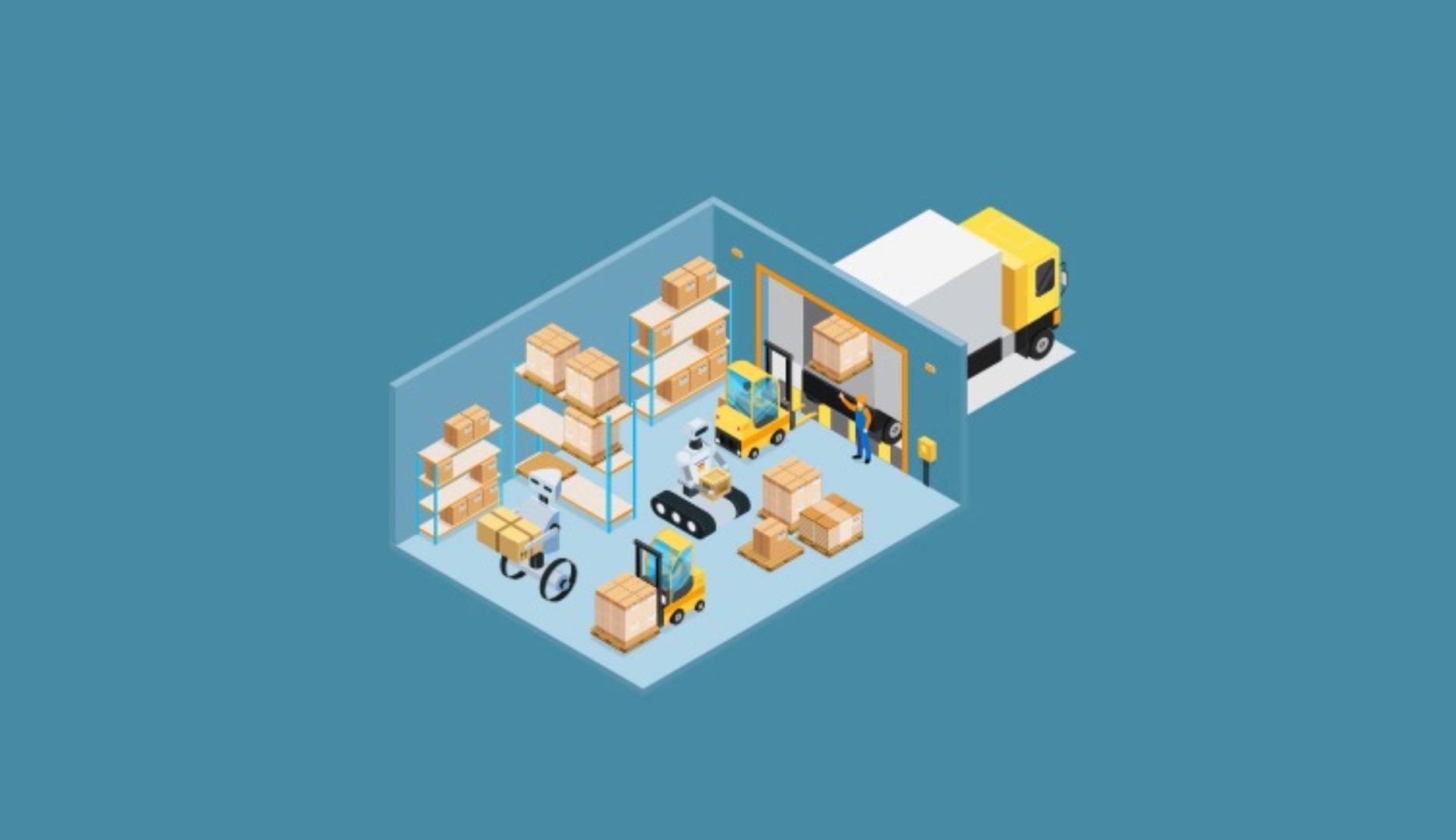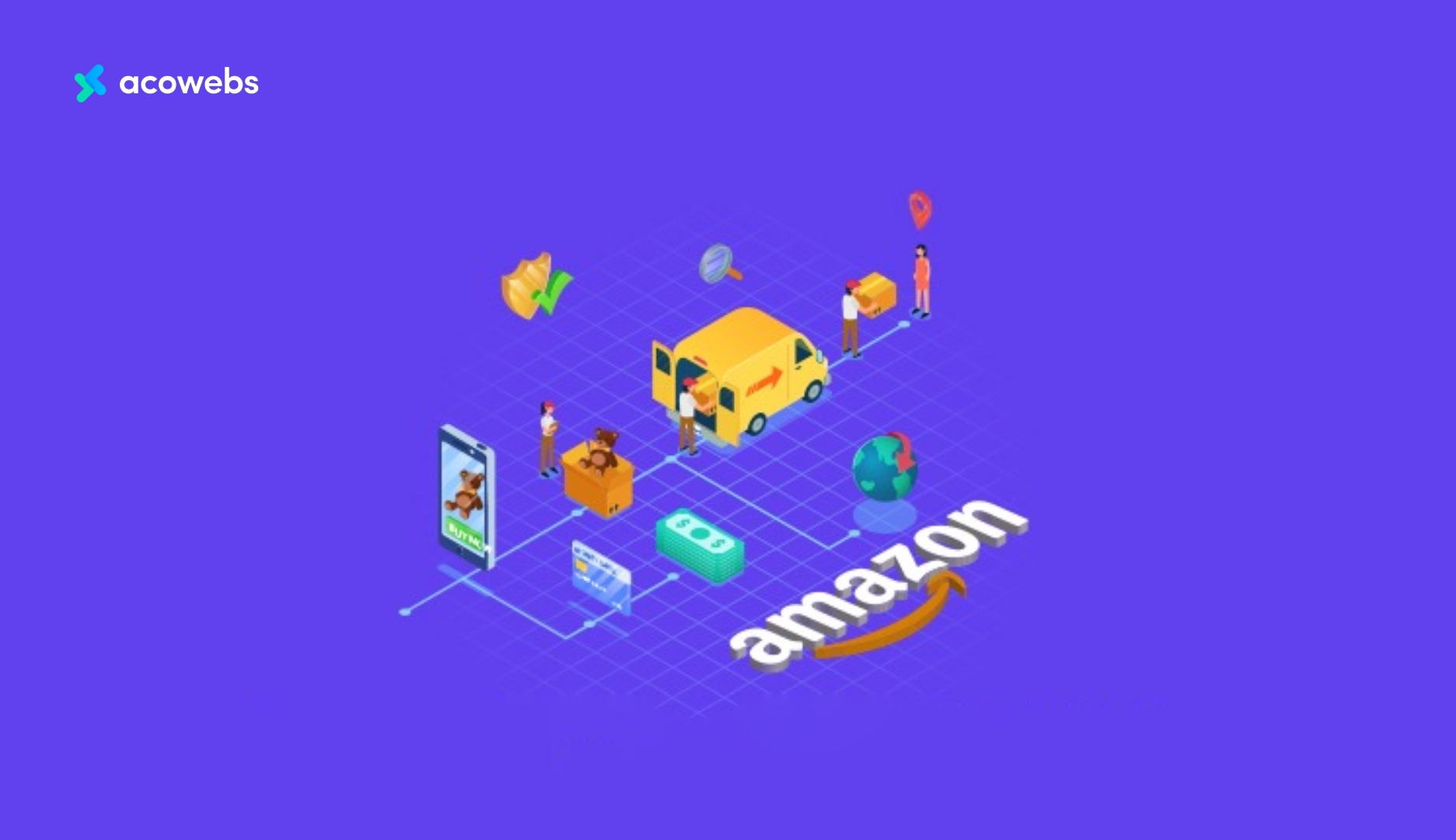Jeff Bezos’ Amazon competes with almost all giant businesses in the world. For starters, the company competes with all online shops, including Walmart, Alibaba/Aliexpress, eBay, and all the others, big and small. It is in competition with technology companies Google, Microsoft, and Apple for its products Amazon Alexa, Amazon Echo, and its Amazon Web Services. Better yet, the company is also competing with media streaming services like Netflix.
Over the past 10-12 years, Amazon has seen tremendous growth. In 2016, for instance, the company sold 25.2 percent more in North America. In the same year, eCommerce sales only went up by 15.6 percent. Today, retail eCommerce sales itself in North America increased from $444.76 billion in 2023 to $491.65 billion in 2024.
As more consumers look for ways to shop without leaving the house, Amazon is coming up with more ways to facilitate buying from home. The fast growth of Amazon, its spread to so many countries, and its innovations have affected the way online and offline businesses operate – pitching its ideas and effects to the next decade.
Why Has Amazon Enjoyed So Much Success?

The success of Amazon can be attributed to Jeff Bezos innovative nature. Through so many channels, the giant online shop has been able to identify and capitalize on the needs of millennials and this has led to its rapid growth.
According to Wharton Magazine, Amazon targets soon-to-be and young parents. It can appeal to these age groups through their technological products and excellent customer service. Compared to other companies that appeal to millennials, Amazon still comes out ahead. Technology is one of the ways the giant store appeals to young buyers.
It shouldn’t be forgotten where Amazon established itself: its familiarity from being an online bookstore to a global e-commerce giant. Now, its popularity has touched millions of retail sellers and buyers mainly because of its ease of shopping. The reasons are mainly as follows:-
Enhanced Shipping Speed

With Amazon, you can receive goods within a few hours after ordering thanks to Air Drone deliveries that the company is rolling out. This is especially true for Amazon’s grocery market. The company focuses on product distribution like they do all other aspects of the business. Not only is shipping faster today but also more affordable.
Over the past few years, Amazon has reduced the gap between ordering and receiving the items by about 1.5 days. Prime members, who have grown to more than 200 million, enjoy free same-day delivery or free one-day shipping, and the company spent so much money to facilitate the one-day shipping for its prime members, all by subscribing to their monthly or annual plan.
Subscriptions

Amazon subscriptions allow consumers to get products with ease on a subscription basis.
For instance, Amazon Family allows parents to subscribe to products such as baby food and diapers. When consumers enter these subscriptions, they enjoy discounted prices on various goods.
They also have Kindle Unlimited, where subscribers can read more than 2 million books every month at a low monthly subscription fee. There are so many more subscriptions the company has launched in recent years.
These recurring income streams have seen the company grow tremendously and help consumers get goods and services at lower prices.
Other subscriptions that serve for several purposes include Amazon Music Unlimited, Amazon Audible, Amazon Business Prime, Amazon Fresh, and Amazon Subscribe & Save. These are meant to listen to ad-free music and audiobooks, avail groceries, save money by subscribing to regular deliveries, and manage businesses established on Amazon with specific tools.
Amazon Devices and Ease of Ordering
Devices such as Amazon Echo, Amazon Alexa, and Amazon Dash Button have made it easier for consumers to place orders. While these Amazon devices will help you do so much more besides ordering, the giant online store created them, especially to ease the ordering process. When ordering on the website, you will enjoy one-click ordering.
The ease of ordering means that you can enable voice search and hands-free purchasing which is particularly used if you’re multitasking. Alexa can help you reorder, add to your cart, and check your order history, especially when you’re on the verge of shopping for what you want.
They have also enabled the Dash button and Dash Replenishment service, which automatically can carry your shopping activities and becomes handy for not wasting time manually reordering your frequently used items. Thus, the efforts put into making these devices have added to Amazon’s value and growth in future shopping, creating the “Amazon effect”.
What Does Amazon Effect Mean?
The Amazon effect refers to the change of customer habits resulting from the growth of the Amazon and ecommerce businesses. Online and brick-and-mortar stores are merging to offer better services to consumers.
With Amazon’s growth, so many online businesses have to improve their services, so customers have it easy when shopping. Customers enjoy a great shopping experience with faster shipping, easy ordering, reduced product prices and much more.
One effect of the growth of online commerce is reduced sales in physical retail stores. With so many consumers turning to online shopping, physical stores have to develop more creative ways to entice consumers to their shops. Not only are physical retailers adapting to compete with online stores, but online stores are also changing to compete with Amazon.
With its minimalistic and intuitive user interface and many more services since its inception in 1994, the effect that Amazon has infused in today’s era makes it perfect to be known as the “Amazon effect”.
How Have Physical Retailers Adapted Following the Amazon Effect
So many industries have to adapt following the Amazon Effect. Changes in physical and online stores have been slow and steady. Companies have to look for new ways to attract customers to their sites.
Many physical shops are now operating online, and major brands such as Nike now have more online presence than before. This seeks to bridge the gap between the physical and the online store. Online retailers have reacted by having more warehouses to facilitate faster shipping of goods.
Today, eCommerce stores are in a run to offer a store-like experience while physical stores seek to offer their goods online.
For instance, if you shop for dresses in a physical store, the store owner might offer their expertise to help you shop better. Likewise, online stores are offering shopping guides to help you shop better. Small eCommerce brands are able to offer more help to customers as they can interact with them one-on-one to help them shop better.
Amazon has partnered with so many online businesses that market its products. Unlike so many other platforms, consumers only go to Amazon to shop – the site does not offer product marketing. Millions of affiliate sites market products sold on Amazon and this is why the giant store is able to avoid expensive forms of product marketing.
eCommerce Boom Worldwide

Amazon operates in 20 countries and offers Amazon Prime to all of them. Many online businesses are expanding to sell in more countries or a wide region.
For eCommerce businesses to leverage the growing demand for online products, they need to market goods to a wider region or sell in many countries. In the Asia Pacific Region, for instance, eCommerce grew by 25 percent in 2019 alone. Then and now China is still the king of eCommerce with estimated e-commerce sales topping $2.29 trillion in 2024 .
Even with such growth, Alibaba now wants to venture into Africa, especially East Africa to garner more consumers.
Merging Sustainable Trends in Shopping
Since 2025, Amazon has decided to use a green strategy in selling products and marketing. The key ideas they have followed are that they are trying to understand the following ideas:-
- Mindful consumption
- Products which get the most visibility.
- Leveraging personalised marketing
Continuously, it is understood that consumers have been changing their consumption patterns so that they have felt the economic and environmental impact of every product they intend to use. Therefore, environmental-friendly products have gained much of the consumers’ minds and shopping on Amazon is now taking a slow shift towards understanding “mindful consumption” by their customers.
Customers are also looking for products that can improve their lifestyle, which stresses the importance of certain products over physical and mental well-being. Such products include wearable tech products like smartwatches and mental wellness products, which particularly inform users of maintaining their sleep, skin, and related matters.
As interesting products are getting their space, their marketing is expected to become personalised. Marketing can be performed easily, creating a sense of its impact on the planet and how it contributes to consumers’ personal choices and preferences. For that, you can also enable Amazon advertising.
Automation is the Next Big Thing
Businesses are already automating most of the operations in a bid to increase productivity and cut costs. Brands that seek to expand internationally will especially benefit from automation as they will operate multiple stores and more extensive fulfillment networks.
Most international eCommerce businesses ship to more than 30 countries. To do that efficiently, these businesses need to automate most of the operations.
With eCommerce automation, businesses are able to eliminate manual, repetitive, and time-consuming tasks to increase productivity and cut costs. It also helps reduce the effects of the risks of human error when managing multiple stores. Consumers can experience best-in-class shopping experience with automated operations. Some of the business operations online stores can automate include:
- Tracking and reporting
- Inventory alerts for marketing and reordering
- Listing new products on multiple channels
- Canceling high-risk orders
- Inventory management
- Tagging and segmenting customers
- Preload storefront changes
Through ecommerce automation, online businesses are able to stop fraud. Shops are now using automated protection to identify fraudulent shoppers.
Robots in Warehouses

Amazon was among the first eCommerce businesses to use robots in warehouses, and so many other businesses are following. Statista estimates brands will spend about $3 billion on robotic process automation by 2022. Although the initial cost or robotics is high for businesses, more than 48 percent of businesses that have automated operations see robotics as a way to reduce their workforce and make more money. Some of the popular Amazon robots used for various operations include:-
- Kiva
- Sequoia
- Hercules
- Pegasus
- Pegasus X-Sort Drive
- Xanthus
- Bert
- Ernie
- Cardinal
- Sparrow
- Proteus
- Scooter
- Kermit
- DIGIT
Artificial Intelligence
Not only are businesses automating processes but also using artificial intelligence to ensure that no humans are involved with the automation. Businesses spend millions of dollars on automation.
Amazon uses AI to offer product recommendations and in the management of their warehouses. Amazon’s AI (known as Flywheel) is not in a single office but all offices, websites, and warehouses that the company operates. By using AI, Amazon has streamlined its operations and other businesses are following suit.
As of today, Amazon has planned to utilise AI and advance the workload from the part of sellers. With the rapid rise of AI in other sectors, Amazon also has planned to expand its use. Amazon’s AI is not only used for product recommendations, the sellers themselves can get a platform for optimising their listings, customer interactions and pricing strategies.
Overall, Amazon can help you with inventory management, customer support, sales forecasting, and dynamic pricing to ensure competitiveness amongst other sellers.
The Mobile-First Switch is Happening
In a way to attract more consumers, ecommerce businesses are now optimizing their shops for mobile shoppers. In 2019, mobile applications became more popular than desktop-user interfaces for shoppers.
Today, more than half the traffic on the internet is from mobile devices. More than 62 percent of smartphone owners have purchased one or more products online in the last six months.
According to a report by Salesforce, mobile will drive up to 68 percent of eCommerce. Mobile has been a priority for many shoppers, and it is easy to see how the trend will continue in 2020 and beyond. The share of e-commerce visits through the desktop interface is reducing.
Logistics Being No Less and Cross-Border Selling
2025 for Amazon is about taking serious logistics. We had earlier discussed how Amazon has taken sustainability into account. With more or less carbon emissions released per year, it’s definitely a time for an eCommerce giant to set its logistics to green. They have introduced a program known as “Frustration-Free Packaging”, which commits towards providing “eco-friendly packaging”.
Cross-border selling could also get a nudge for establishing sustainability. Shipping of products could go green with logistics, along with making businesses established beyond borders. Cross-border selling can also enable shopping in local languages and currencies.
Embracing Social Commerce
Social commerce enables online stores for businesses on social media platforms. Platforms like Instagram, TikTok, etc., are now marketplaces for brands and social networks to reach out to customers. Thus, the sellers can drive traffic to their listings for social media. If the scope of social commerce is widened, we can expect Amazon to boost influencer partnerships, allowing product promotions and related activities in the path.
Virtual Shopping
With more advancements in AI and machine learning, we now have AR(Augmented Reality) and VR(Virtual Reality), which may dominate future shopping. In the future, you could be walking in a virtual shop and yet sit on a comfortable couch to take trials of various products in the store. There are accessories today that can support this technology and purpose, including glasses, headsets, etc.
Conclusion
The battle between online stores and physical stores is as fierce as the battle between two online stores. Each store wants to offer the best customer experience, as that is the only way to draw customers.
Online stores want to offer faster deliveries, ease of ordering, and discounter prices. Physical stores want to offer a shopping experience where shoppers can test products and get access to an expert. But online stores are also using virtual reality to allow customers so size and test products like they would in a physical store.
In summary, the gap between shopping online and shopping in a physical store is reducing all thanks to the Amazon Effect.
Acowebs are developers of WooCommerce plugins that will help you personalize your stores. It supports the additional option with feature-rich add-ons which are WooCommerce Product Addons, that are lightweight and fast. Update your store with these add-ons and enjoy a hassle-free experience.












 Login
Login
 Cart
Cart







